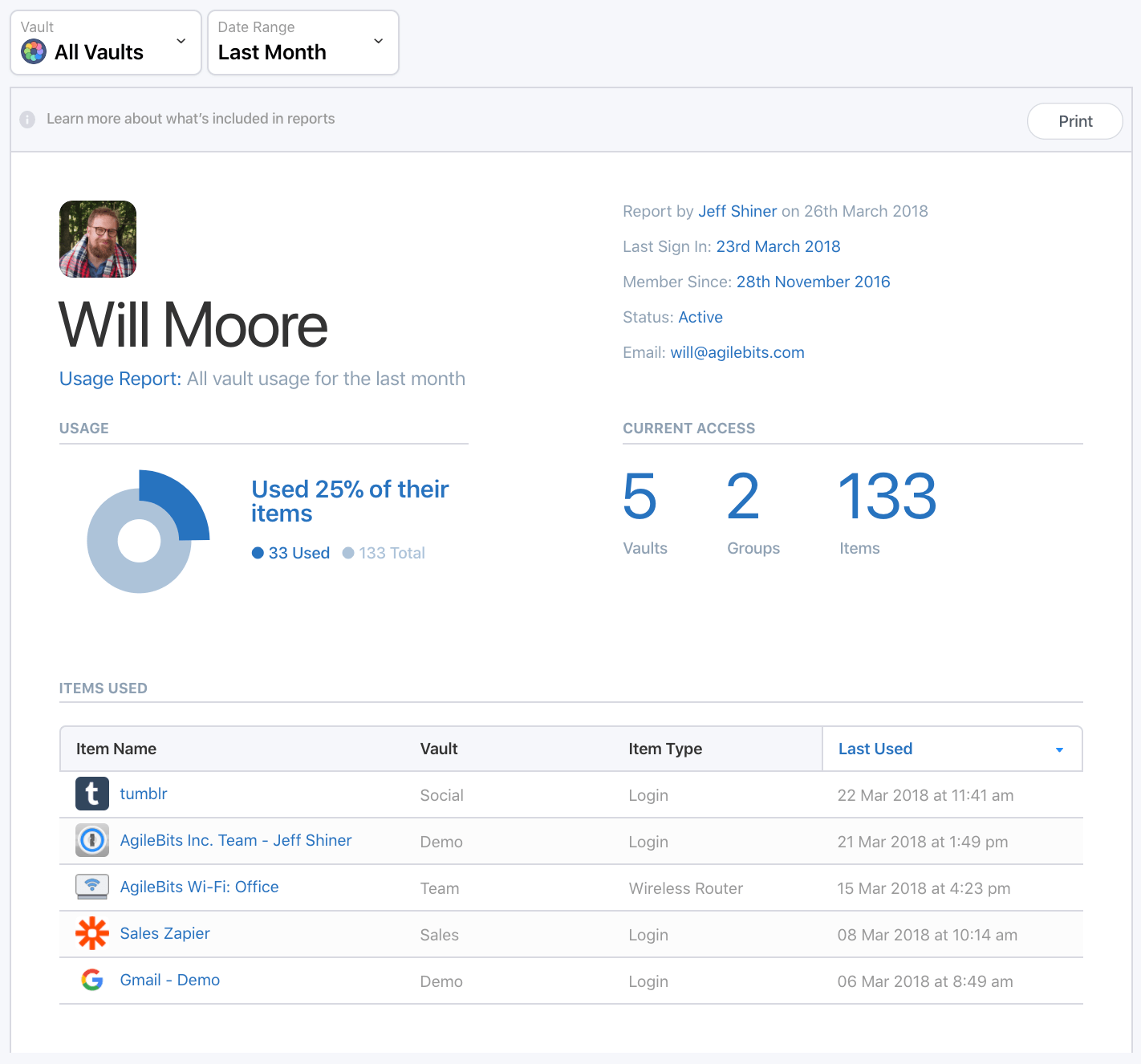- Voice authentication via Call Me (available only when the LastPass Authenticator is enabled as a multifactor option to protect your LastPass Vault – learn more) LastPass Authenticator is also TOTP compliant, meaning it is compatible with all apps and websites that support Google Authenticator.
- LastPass Authenticator. A unique one-tap authentication experience for iOS, Android, and Windows Phone. LastPass Authenticator is the only app you need for easy, secure access to all of your top sites.

Two-factor authentication is an extra layer of protection for your 1Password account. When turned on, a second factor will be required to sign in to your account on a new device, in addition to your Master Password and Secret Key. Learn more about authentication and encryption in. Bypassing 2FA with conventional session management. In this case, attackers use the password. LastPass Authenticator is a two-factor authentication app for your LastPass account and other supported apps. LastPass Authenticator offers simple, secure authentication to your accounts by generating passcodes for login or receiving push notifications for one-tap approval.
Two-factor authentication is an extra layer of protection for your 1Password account. When turned on, a second factor will be required to sign in to your account on a new device, in addition to your Master Password and Secret Key.
Learn more about authentication and encryption in the 1Password security model.
Get an authenticator app
Before you can use two-factor authentication with your 1Password account, you’ll need to install an authenticator app on your mobile device:
Although 1Password can be used to store one-time passwords for other services where you use two-factor authentication, it’s important to use a different authenticator app to store the authentication codes for your 1Password account. Storing them in 1Password would be like putting the key to a safe inside the safe itself.
Set up two-factor authentication
To turn on two-factor authentication:
- Sign in to your account on 1Password.com.
- Click your name in the top right and choose My Profile.
- Click More Actions > Manage Two-Factor Authentication.
- Click Set Up App. You’ll see a square barcode (QR code).
To save a backup of your two-factor authentication code, write down the 16-character secret next to the QR code and store it somewhere safe, like with your passport and Emergency Kit.
- On your mobile device, open your authenticator app and use it to scan the QR code. After you scan the QR code, you’ll see a six-digit authentication code.
- On 1Password.com, click Next. Enter the six-digit authentication code, then click Confirm.
Your 1Password account is now protected by two-factor authentication. To continue using your account on other devices or to sign in to it on a new device, you’ll need to enter a six-digit authentication code from your authenticator app.
Tip
After you set up two-factor authentication, if you have a U2F security key, like YubiKey or Titan, you can use it as a second factor with your 1Password account.
View and manage authorized devices
To view your authorized devices, sign in to your account on 1Password.com. Then click your name in the top right and choose My Profile.
To manage an authorized device, clicknext to it. Audacity full. You’ll find these options:
- Deauthorize Device: Your account will be removed from the device.
- Require 2FA on Next Sign-in: Your account will remain on the device, but changes you make on other devices won’t appear until you reauthorize using a second factor.
Manage two-factor authentication for your team
With 1Password Business, you can manage two-factor authentication for your team if:
- you’re a team administrator or owner
- you belong to a group that has the “Manage Settings” permission
To manage two-factor authentication for your team, click Security in the sidebar and choose “Two-Factor Authentication”. Then you can:
- Allow security keys in addition to an authenticator app.
- Enforce two-factor authentication for everyone on your team.*
- Use Duo, a third-party option that’s automatically enforced.
- Turn off two-factor authentication completely.
* To enforce two-factor authentication, your Master Password policy must be set to Strong. Your team will need to set up two-factor authentication when they sign up, sign in, or unlock 1Password. Create a team report to see who uses two-factor authentication.
Get help


Two-factor authentication requires a 1Password membership and 1Password 7 or later (or 1Password 6.8 for Mac).
1password Authenticator Lost
If you lose access to your authenticator app
If you lose access to your authenticator app, you won’t be able to sign in to 1Password on new devices until you turn off two-factor authentication.
To turn off two-factor authentication, sign in to your account on 1Password.com in an authorized browser or unlock 1Password on an authorized device:
1Password.com
- Click your name in the top right and choose My Profile.
- Click More Actions > Manage Two-Factor Authentication.
- Click Turn Off Two-Factor Authentication, then enter your Master Password.
Mac
Choose 1Password > Preferences > Accounts. Click your account, then click Turn Off Two-Factor Authentication.
iOS and Android
Tap Settings > 1Password Accounts. Tap your account, then tap Turn Off Two-Factor Authentication.
Windows
Choose Accounts and select your account, then click “Turn off two-factor authentication”.
If you don’t have access to an authorized browser or device, ask someone to recover your account.
If your team uses Duo
If your team uses Duo, you won’t see the option to turn on two-factor authentication because Duo is already providing multi-factor authentication for everyone on your team.
If 1Password isn’t accepting your authentication codes
Make sure the date and time are set correctly on Mac , iOS , Windows , and Android .
1password Authenticator Vs Authy
- Open and unlock 1Password, select the Login item for the website, then click Edit.
- Click the item detail menu to the right of a new field and choose One-Time Password.
- Click to open the QR code scanner window.
- Drag the QR code from the website to the scanner window.
If you can’t drag the QR code, most sites will give you a string of characters you can copy and paste instead.
- Click Save.
- Open and unlock 1Password, select the Login item for the website, then tap Edit.
- Tap “Add new one-time password”.
- Tap to scan the QR code from another device.
If you can’t scan the QR code, most sites will give you a string of characters you can copy and paste instead.
- Tap Done.
Tip
To automatically copy one-time passwords to the clipboard after filling a login, tap Settings > Password AutoFill and turn on Auto-Copy One-Time Passwords.
- Open and unlock 1Password, select the Login item for the website, then select Edit.
- Select to the right of the field (Shift + Enter) and choose One-Time Password.
- Click and choose “From my screen” to scan the QR code.
If you can’t scan the QR code, make sure it’s visible when you minimize 1Password. Alternatively, most sites will give you a string of characters you can copy and paste instead.
- Select Save.
- Open and unlock 1Password, select the Login item for the website, then tap .
- Tap “Add new section”, then tap “Add new field” and choose One-Time Password from the list.
- Tap to scan the QR code from another device.
Feedsack fabric. If you can’t scan the QR code, most sites will give you a string of characters you can copy and paste instead.
- Tap Save.
Tip
To automatically copy one-time passwords to the clipboard after filling a login, tap Settings > Filling and turn on “Auto-copy one-time passwords”.
